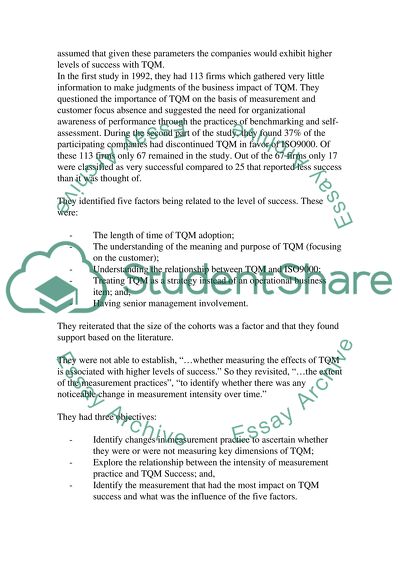Cite this document
(“The contribution of measurement and information infrastructure to TQM Article”, n.d.)
Retrieved from https://studentshare.org/technology/1539367-the-contribution-of-measurement-and-information-infrastructure-to-tqm-success
Retrieved from https://studentshare.org/technology/1539367-the-contribution-of-measurement-and-information-infrastructure-to-tqm-success
(The Contribution of Measurement and Information Infrastructure to TQM Article)
https://studentshare.org/technology/1539367-the-contribution-of-measurement-and-information-infrastructure-to-tqm-success.
https://studentshare.org/technology/1539367-the-contribution-of-measurement-and-information-infrastructure-to-tqm-success.
“The Contribution of Measurement and Information Infrastructure to TQM Article”, n.d. https://studentshare.org/technology/1539367-the-contribution-of-measurement-and-information-infrastructure-to-tqm-success.


